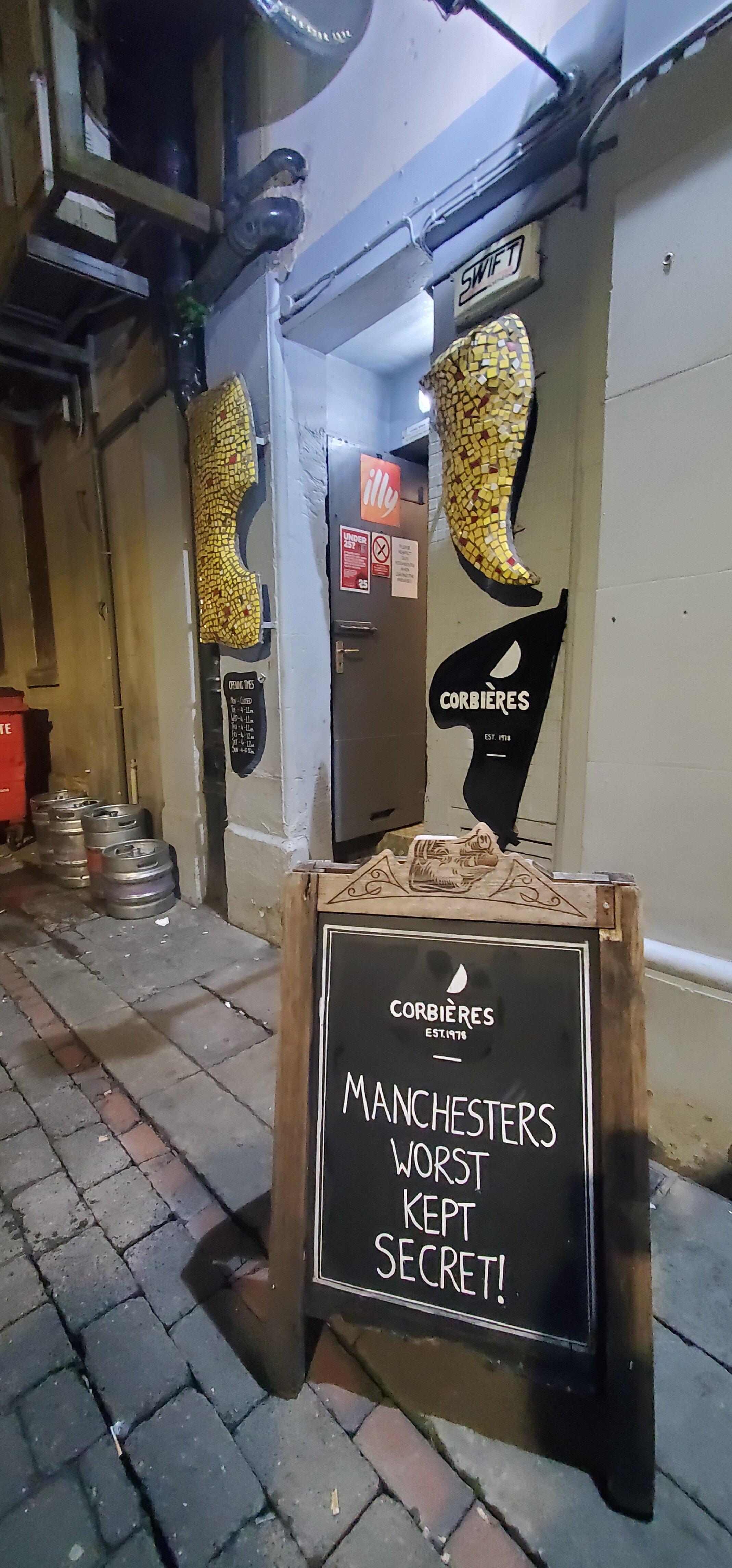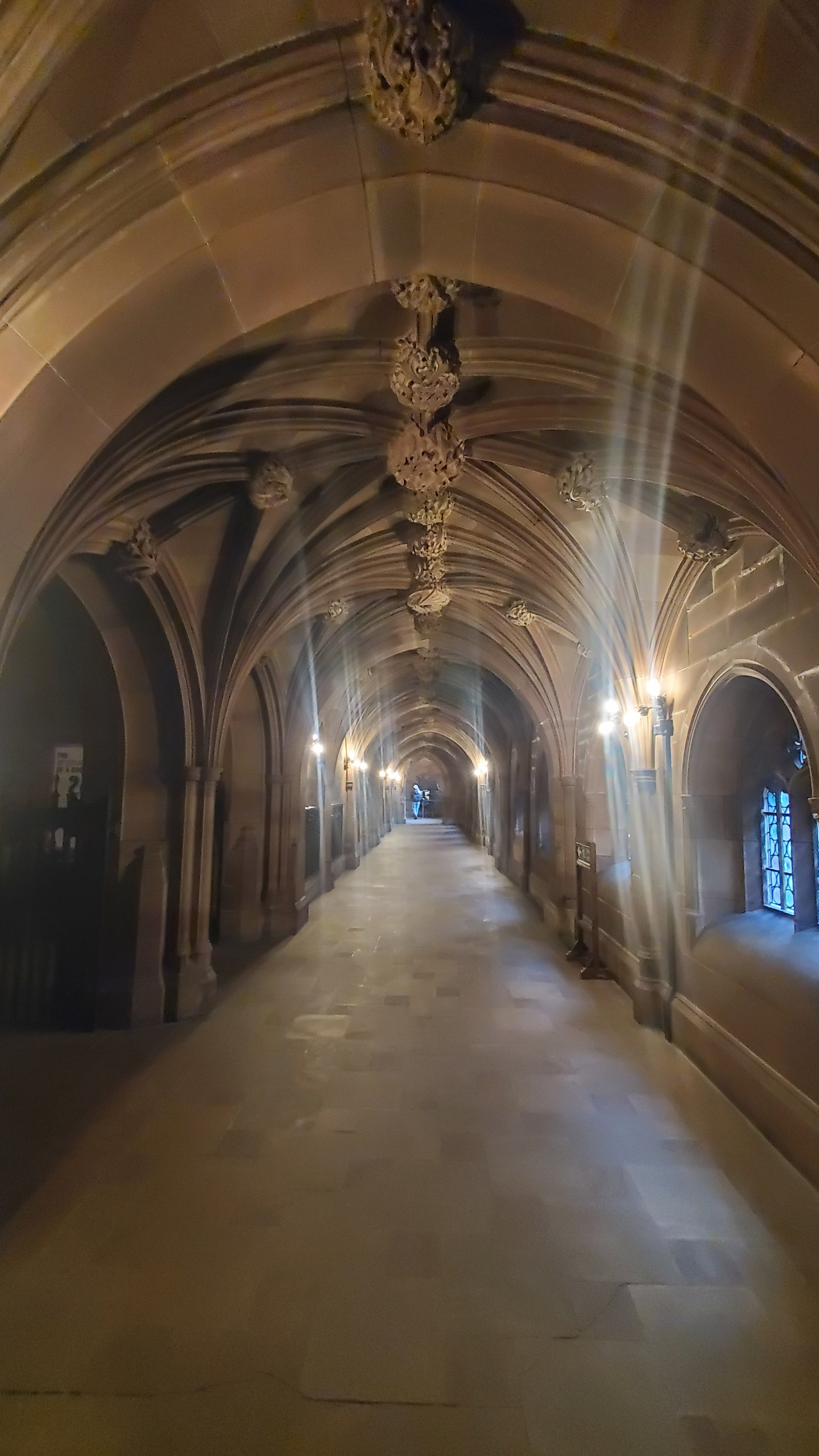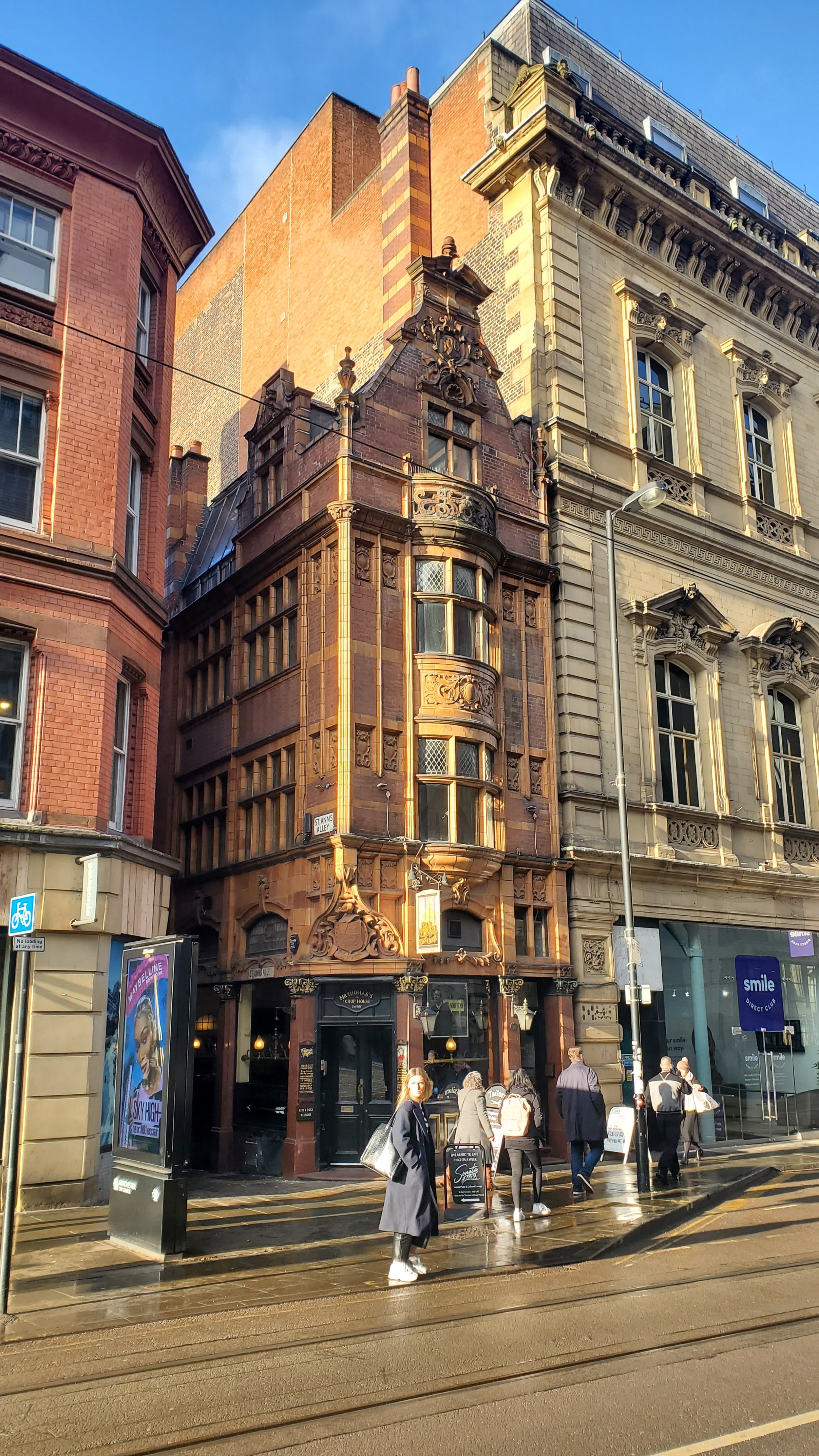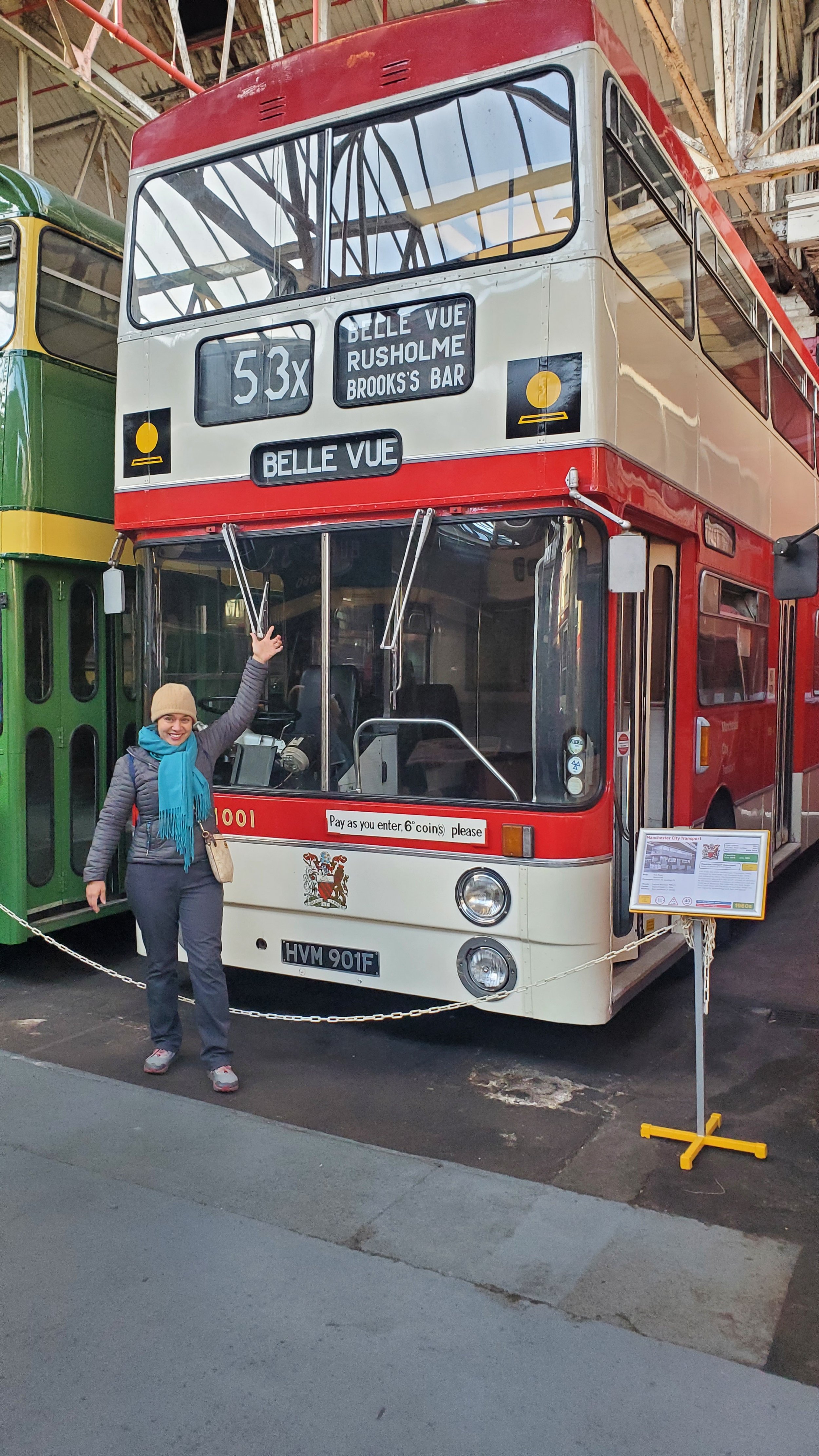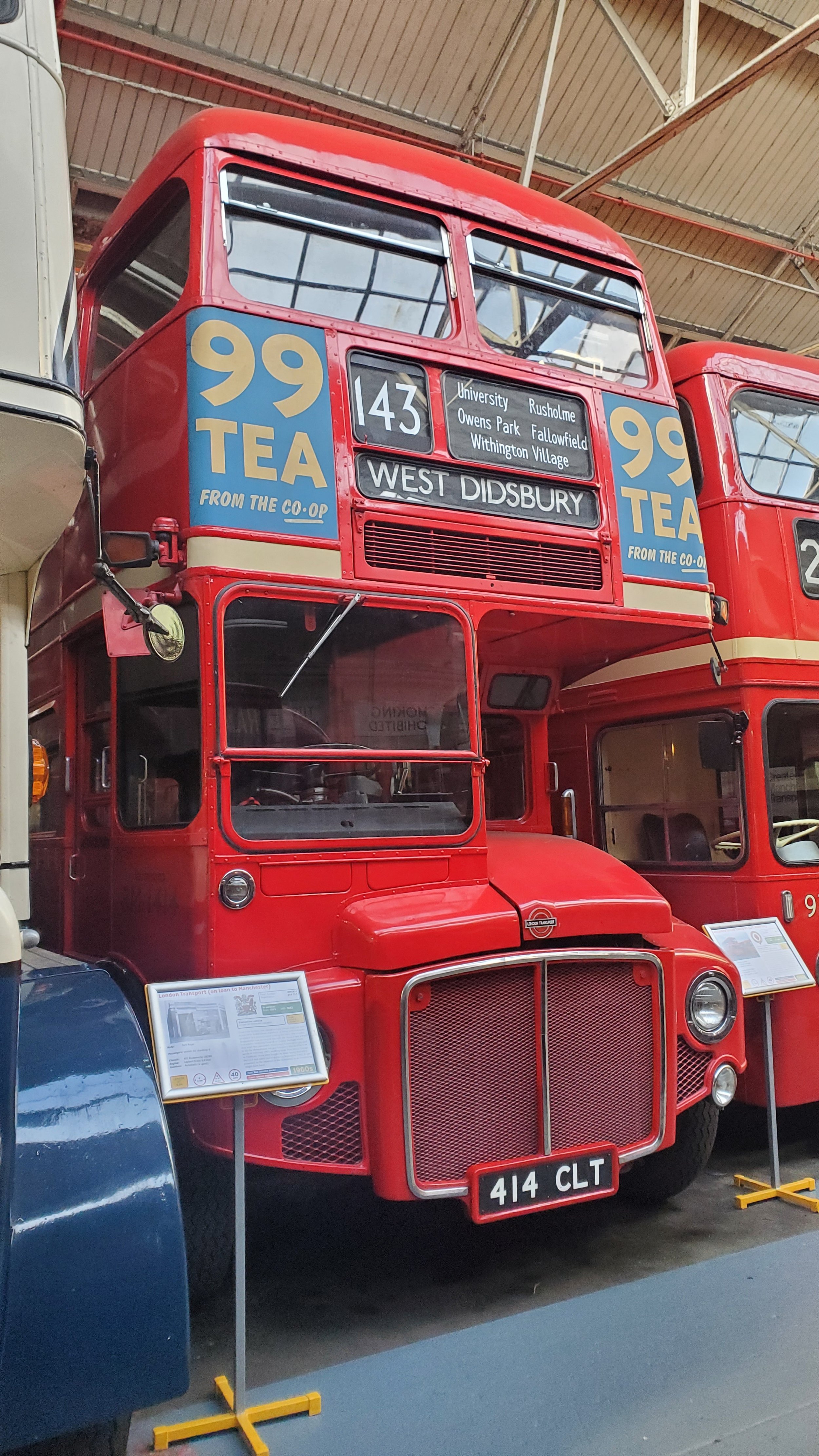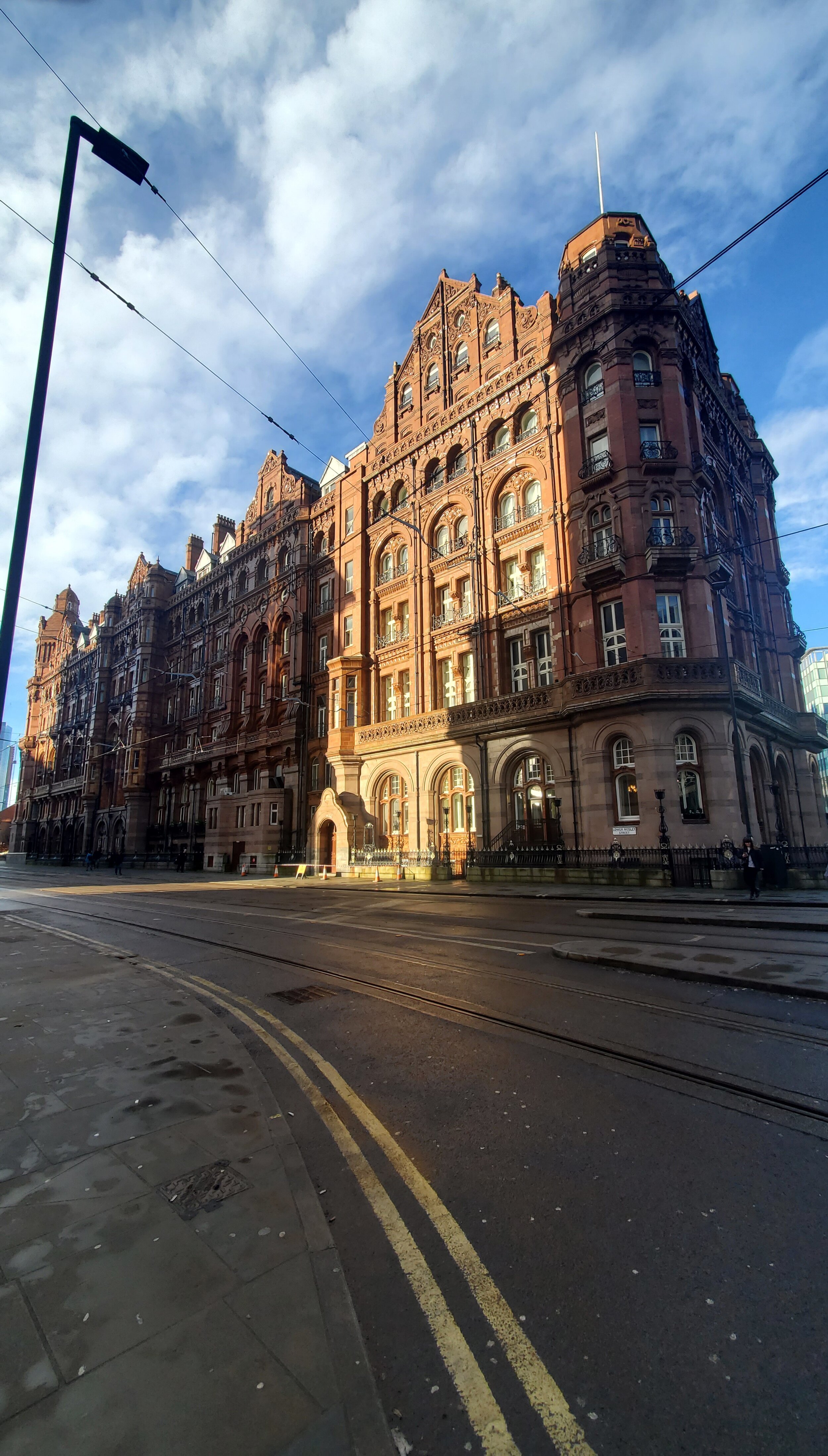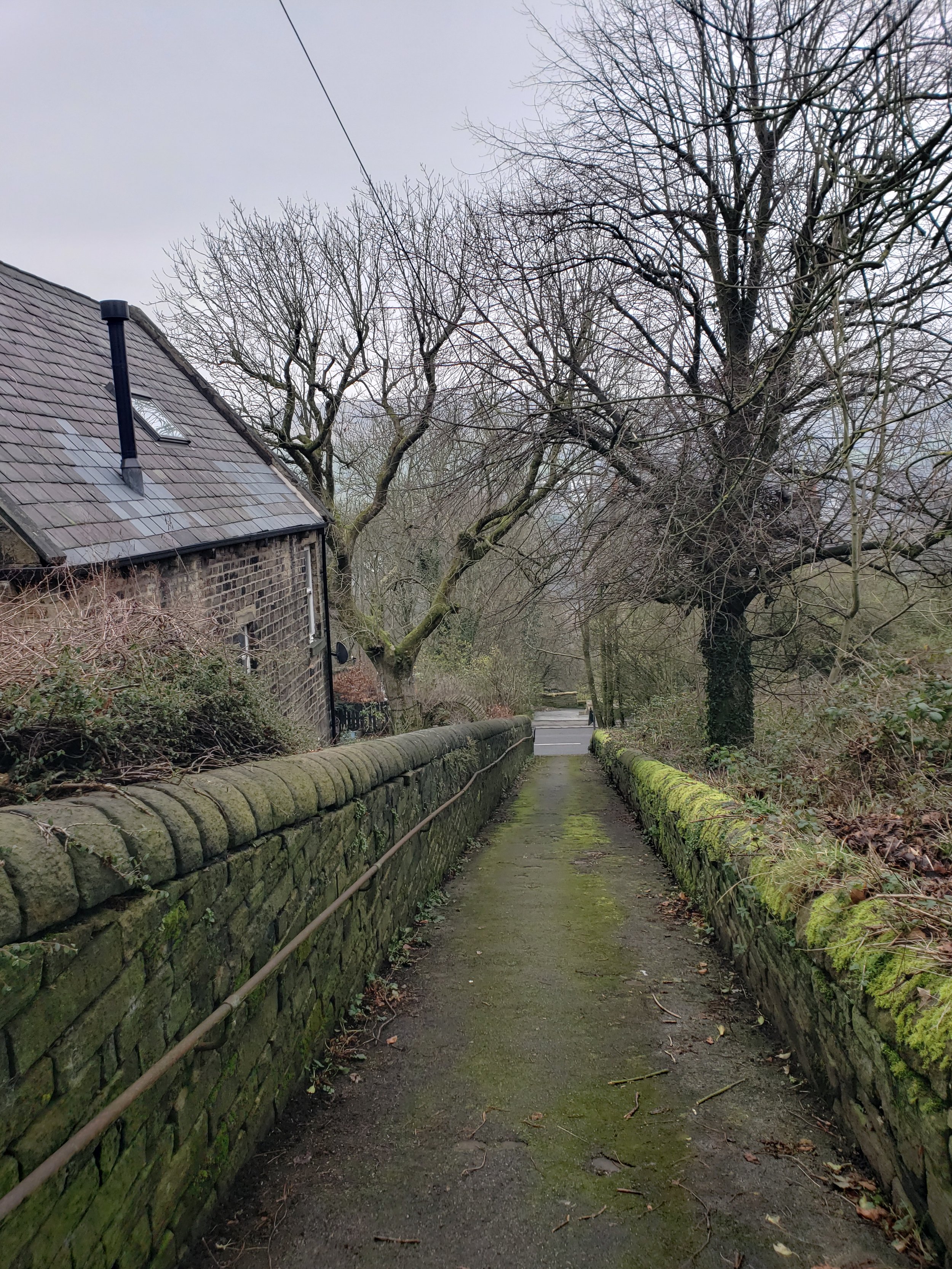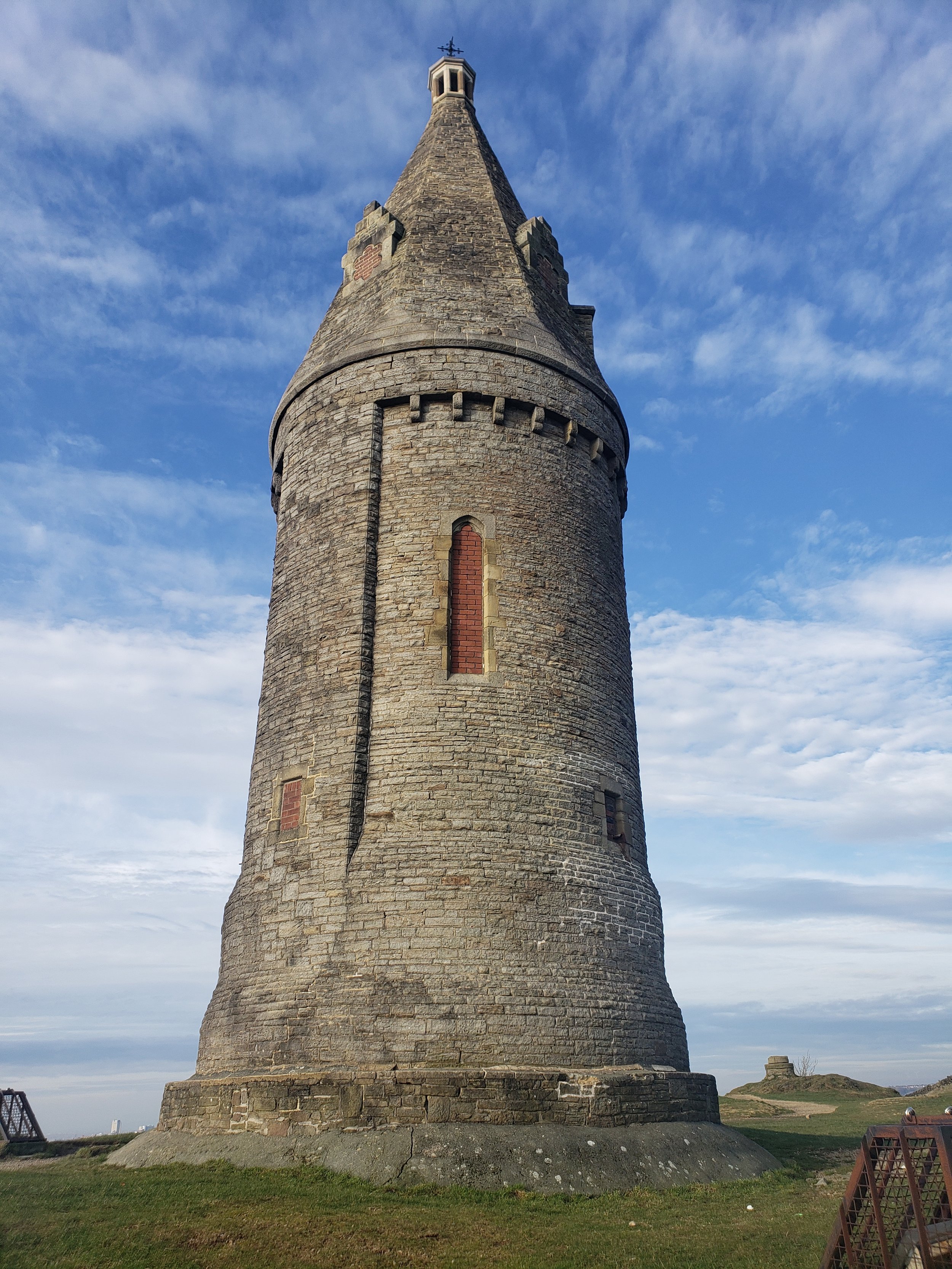My Dearest Manchester, England ...
My Dearest Manchester,
What a frigid welcome you gave me, my teeth instantly chattering as I exited the bus. Arriving from London at midnight didn't help and my hopes for warmer days were shattered this morning when I saw snow falling through my friend's living room window. I piled on the layers of clothing to help stave off the icy temperatures. As a native Californian of Guatemalan descent, I may as well have been dropped off in the Arctic, but just like the snow melted off the little boy in the iconic 1990s Campbell Soup commercial, so it did for me when I entered the most charming café in the town of Mossley, England.
The staff at the café couldn't have been more welcoming. They served my hot chocolate with loads of fresh whipped cream, marshmallows, and a drizzle of chocolate syrup as only hot chocolate should be served. We accompanied it with an atypical vegan empanada with potatoes and Indian spices and chutney, and a hot cross bun with raisins and fresh butter. The empanada may have tasted better with tea and the hot cross bun with coffee, but somehow, the chocolate drink, empanada, and bread were the perfect pairing for a cold winter morning. I wouldn't have had it any other way.
Mossley is one of those traditional English villages complete with its array of charming buildings and brick row houses with moss-covered slate rooftops. It is nicely outfitted with a library, a volunteer fire station, a small grocery store, and a handful of traditional pubs. No factories or big businesses here to keep residents employed, however, but most appear to commute to local cities like Manchester for work. It took me less than 24 hours to get accustomed to my new digs – a small, traditional, three-story rowhouse just a short 20-minute train ride to Manchester.
The next morning, I grabbed the itinerary I had scribbled the night before and took the train to Manchester. My plan included a lecture at the Manchester Central Library, by Keith Warrender based on his book Manchester's Lost District, and the Manchester Art Gallery – all worth much more time than I had allotted to each. Upon exiting the library, I received an unsolicited suggestion by a staff member to visit the John Rylands Research Institute and Library. I must admit, I initially hesitated as I didn't want to veer off my beautifully planned itinerary but being a firm believer in things happen for a reason, I rerouted my course, added eight minutes to my walk, and off I went.
Google Maps led me to a distinctive late-Victorian neo-Gothic building that I could have easily mistaken for a church. Complete with front steps leading to two grand wooden doors, gothic shaped stained-glass windows, and unique architectural details, the church-like structure was an exceptional library, reminiscent of something you would see in the Harry Potter film series. I was among the dozen or so tourists gawking at the high ceilings, wooden details, and long medieval style passageways. And like some of them, I hadn't realized it was a working library until I nearly tripped over a student’s bookbag.
There they were, nearly a dozen scholars fulfilling the pioneering vision of Mrs. Enriqueta Rylands who built the library in memory of her husband John Rylands. Her objective was to create a space where present academics and future generations could learn, explore, and continue to expand their understanding of their world. Oh, how my hand ached to grab a book and sit down and join them, but I’d been looking forward to ogling masterpieces all day and I didn’t want to miss them.
I left with plenty of time to scout the Manchester Art Gallery, which is housed in a large, Greek Ionic-style building with a wide-ranging art collection. Being much more familiar with French art, I had the opportunity to enjoy these English masterpieces with fresh eyes – all exceptional, but one artist caught my fancy. I was drawn to his conventional themes, his occasional use of color, and the story of the artist himself. L.S. Lowry was born into a wealthy family and lived quite comfortably until his family lost it all and was forced to move into one of the most impoverished areas of Manchester.
Initially, Mr. Lowry disliked his new neighborhood but with time, he grew to love and appreciate it, and his affection is quite evident in his works. His playful illustrations are so loved in fact that the following day, I easily recognized another at the Manchester National Football Museum . Lowry’s 1953 painting Going to the Match is there on display and judging by the masterpiece, Manchester fans were just as enthusiastic about the sport of soccer back then as they are today.
Manchester certainly had no shortage of things to do: shopping, eating, religious institutions, and museums. My desire to learn more about the area’s history, combined with my determination to stay out of the cold, led me to find Manchester’s Museum of Transport . A few days later, my friend Danny and I made a day of it. We took a train ride and hopped on a double decker bus and arrived at the old bus depot donning the largest red doors I've ever seen.
The interior of the depot was standing room only as there were colossal public transportation vehicles neatly lined up side by side, each more amazing than the last. We weaved in and out, climbed up and down, we pretended to drive, buy tickets, and press the button to stop the bus. It was fun to be six again.
Late that afternoon we stopped for evening song prayers at Manchester Cathedral. Tiptoeing in, we heard the most angelic voices. I would almost venture to say that heaven sounds pretty darn close. The delicate voices of the children's choir composed of 10 little ones was just enough to fill the void of the grandiose space.
From the realm of the holy back to the mortal domain, we set off to do a little pub hopping. I don't drink much but a trip to England isn't complete without a visit to a traditional pub. Danny had been excited to show me Corbieres Bar earlier that day, but it was closed and quite honestly, I was relieved. I wasn't looking forward to going down into a windowless cave. As it turns out, my luck ran out when on our way back, the place was open. The squeaky spiral wooden staircase unexpectedly imbued with a sense of familiarity, landed us safely in a brightly lit yellow cavern.
A tall glass of tap water, please! It didn't take long for the area to fill with locals, friends, and coworkers; the volume of our voices could barely keep up with the ever-increasing chatter in the room. We left the standing-room-only venue and headed to Wetherspoon’s, a familiar pub chain in the UK. Walking into the Wetherspoon’s: Moon Under Water pub was like stepping back in time: wood paneling, Victorian color schemes, grand staircases, and rather elaborate detailing. It was quite the contrary of the previous pub, except it seemed like the same crowd followed us in and multiplied exponentially. All I could think of was how much fun everyone was having.
Next stop: Scarborough. All aboard!
Love always,
Susana Porras
